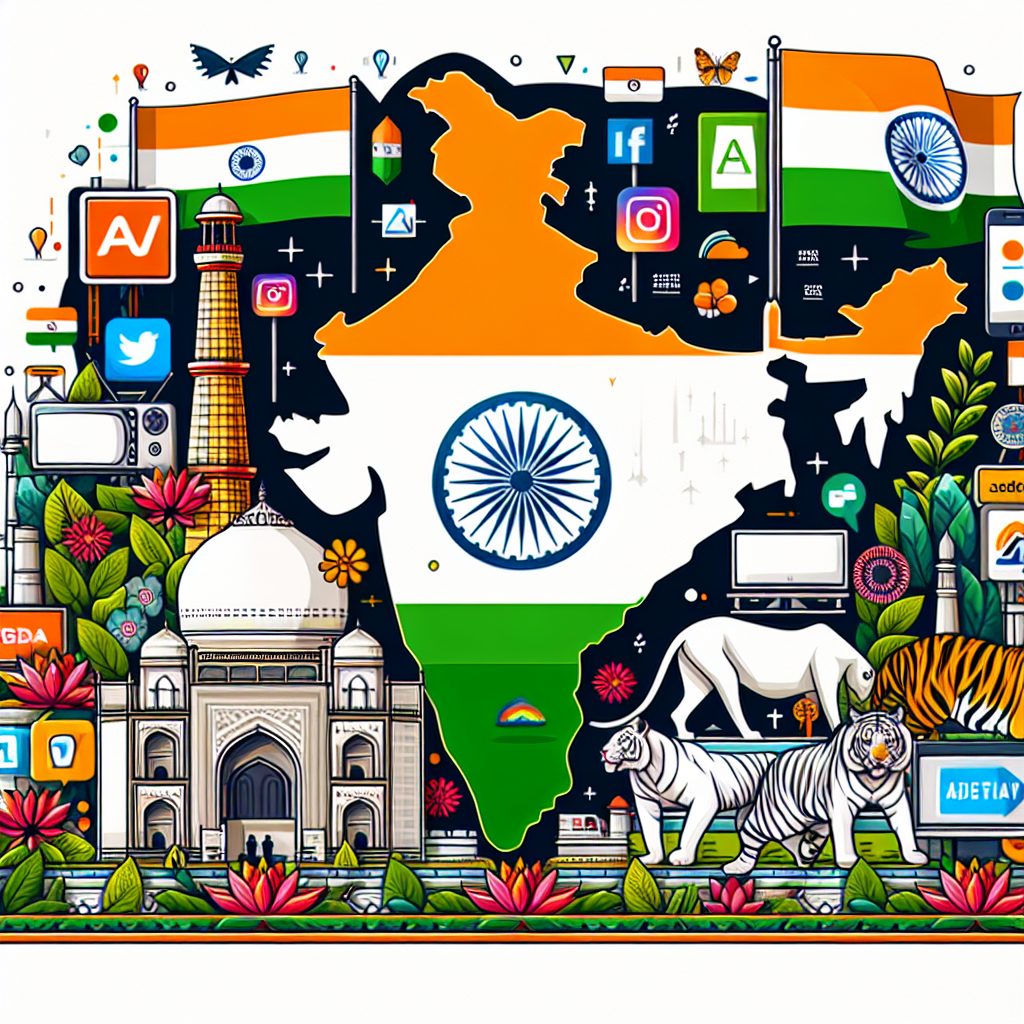The Indian advertising market is poised for significant growth, with both traditional and digital segments expected to thrive in the coming years. The country’s diverse and vast consumer base makes it an attractive market for advertisers looking to reach a wide audience. While traditional mediums like television, radio, and print still play a significant role, digital advertising is rapidly gaining traction and driving overall market growth.
In 2024, the India advertising market was valued at approximately INR 916.32 billion, and it is projected to grow at a CAGR of 11.0% from 2025 to 2034, reaching around INR 2344.01 billion by 2034. This growth is fueled by the digital revolution, affordable internet services, and widespread smartphone adoption, which have transformed how brands engage with consumers.
Television remains a dominant medium in the Indian advertising space, particularly for brand building and mass outreach. Print advertising, although seeing a decline in certain segments, remains relevant in regional markets. Radio and out-of-home advertising also play crucial roles in connecting with target audiences effectively.
Digital advertising, however, is the fastest-growing segment, accounting for approximately 35% of total ad spends. Social media platforms like Facebook, Instagram, and YouTube are central to this growth, offering personalized and engaging campaigns tailored to specific demographics. The use of analytics and artificial intelligence has further enhanced campaign effectiveness, driving greater ROI for advertisers.
The Indian advertising market is characterized by regional disparities in media consumption patterns, with metropolitan cities like Mumbai, Delhi, and Bengaluru contributing significantly to ad spends. Tier-II and tier-III cities are also experiencing rapid growth in advertising activity, driven by rising aspirations and improved digital connectivity.
Several key factors underpin the growth of the Indian advertising market, including the country’s robust economic performance, rising consumer spending power, and the rapid penetration of digital technology. Data-driven decision-making, cultural diversity, and the increasing focus on personalization are also driving market growth.
Key trends in the Indian advertising market include digital-first strategies, sustainability and CSR initiatives, the integration of technology in advertising, and the rise of programmatic advertising. The market can be segmented based on medium (television, radio, print, internet/online, outdoor, mobile) and region (North India, East and Central India, West India, South India).
While the market presents challenges such as media fragmentation, ad fraud, and data privacy concerns, there are also ample opportunities for growth and innovation. Untapped rural markets, new advertising formats, and the growing influence of regional content creators offer exciting possibilities for advertisers to expand their reach and engage with consumers.
In conclusion, the Indian advertising market is on a trajectory of growth and evolution, driven by a combination of traditional and digital mediums, technological advancements, and changing consumer behaviors. Advertisers who can adapt to these trends and capitalize on the opportunities presented by this dynamic market stand to reap significant rewards in the years to come.

